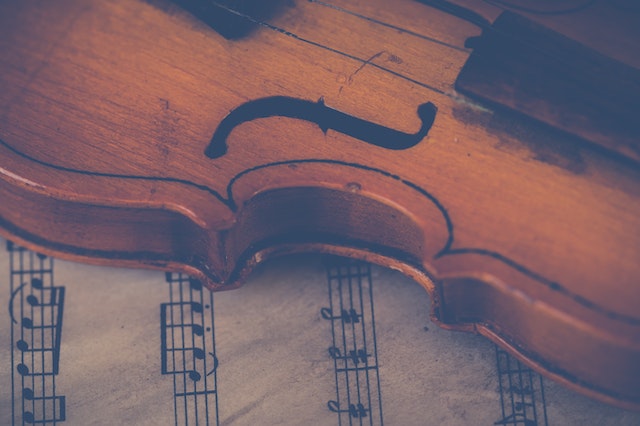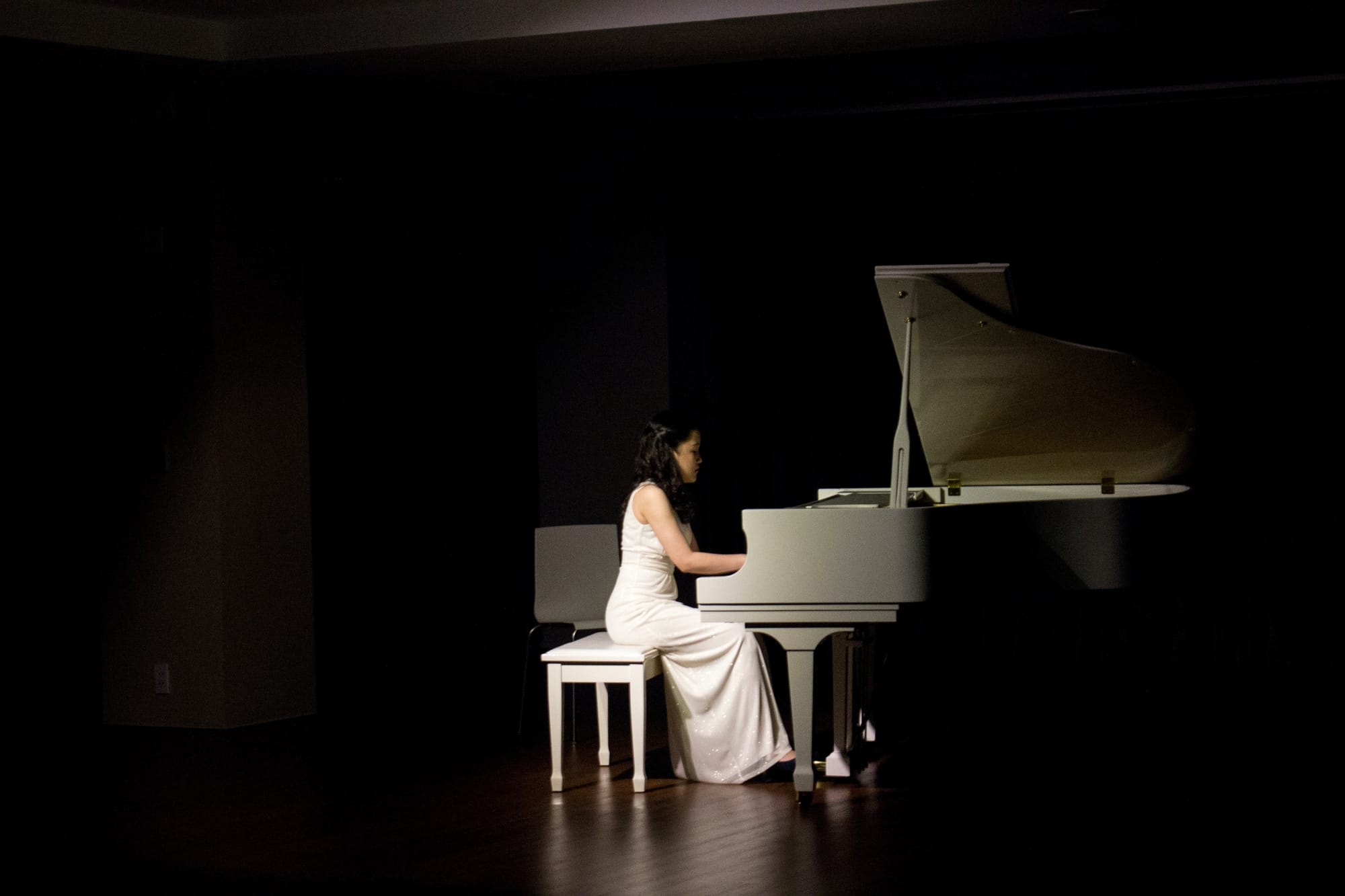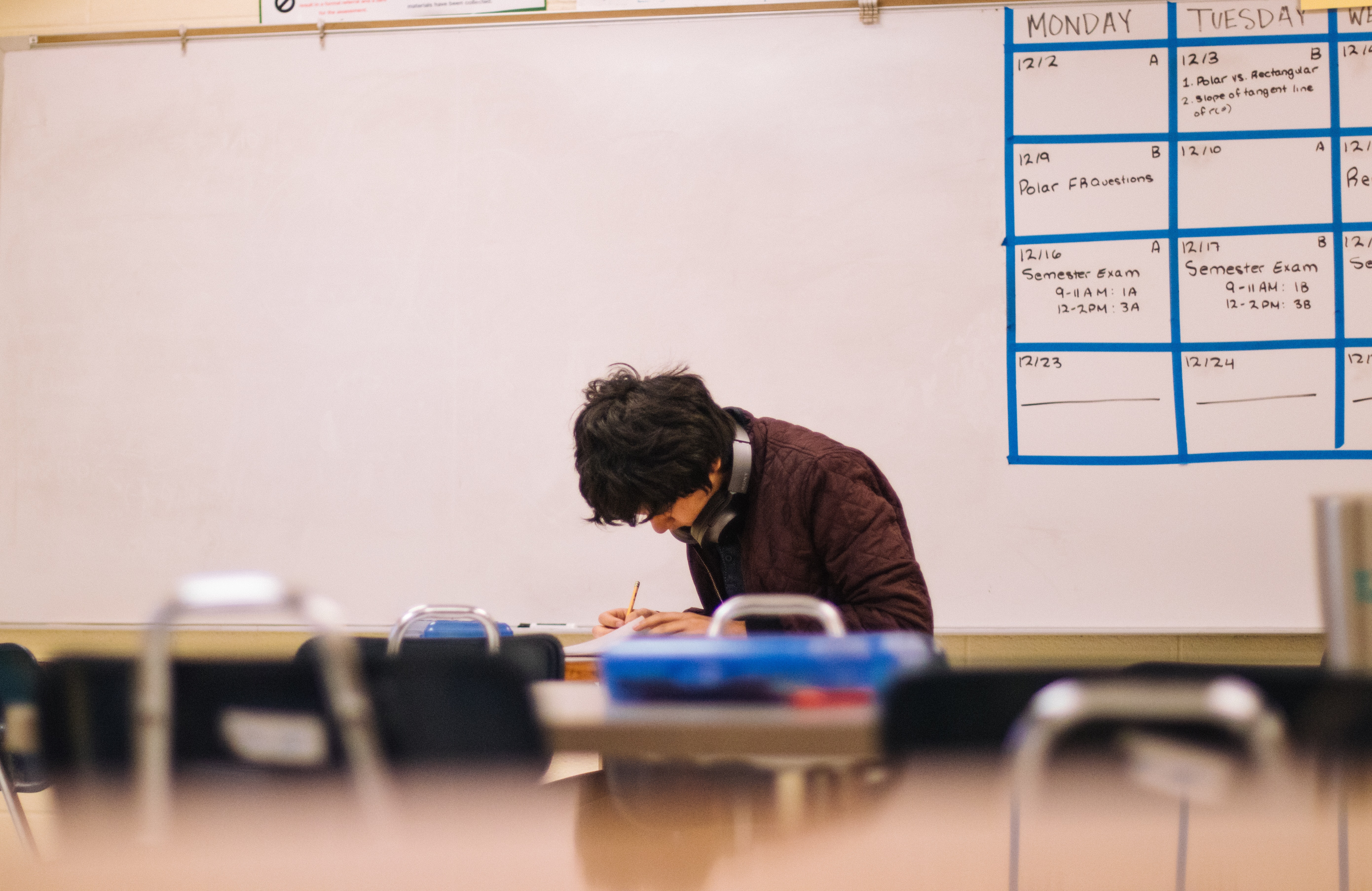
How Long Does It Take To Learn The Violin? Guide For Adults & Kids
Often viewed as one of the most challenging musical instruments to master, the violin captures hearts and imaginations with its beautiful sound and sparkling technical capabilities. If you are considering learning to play the violin or have already begun your musical journey, several questions may arise. How long will it take to become competent? What are some good (and affordable) starter violins? And how much should I practice? This article aims to answer these questions, drawing from research, method books, and expert advice.
If you would like more information about our violin lessons in Houston, or if you are interested in violin lessons in Pearland, please get in touch!
How Long Does it Take To Learn Violin? Expectations and Milestones
Realistically, it may take about five years to become a well-rounded and competent violinist. But there are many variables. For instance, if your main goal was to play along with a set of Luke Combs tunes, or if you want to play some relatively simple 3rd violin parts for a local civic ensemble that doesn’t select difficult music, you could probably reach your goals in 3 years or so (if you keep practicing after that). And if you practice for two hours a day, you will accelerate the learning curve.
World class ability is another thing entirely. According to a study by Howard and Angus (2014), becoming proficient on a musical instrument typically requires approximately 10,000 hours of practice [1]. Translating this into years, if one practices around 3 hours a day, it could take nearly 10 years to reach proficiency. Granted, very few people who play the violin reach this kind of mastery! You can be a perfectly functional violinist after 5 or so years of steady, but not overwhelming, practice.
However, violin method books like Suzuki's "Violin School'' series suggest an acceleration in learning curve when using methodical, graded approaches. It provides a structured learning path with each book taking anywhere from 6 months to a year, depending on the student’s dedication and frequency of lessons.
Reading Music and Playing Scales
According to the Suzuki method, students begin by learning to play by ear, with the introduction of sheet music coming a little later, typically between six months to a year of study. A similar timeframe is suggested by the Royal Conservatory's Violin Syllabus, which incorporates music reading and simple scales within the first year.
Introduction of Vibrato and Tremolo
More advanced techniques such as vibrato and tremolo are typically introduced later. In her study, "The Development of Vibrato in Violin Students," Brenda Mitchell found that vibrato is often introduced after two to three years of instruction. This timeframe can vary based on the individual student's progress and the teaching method used.
The tremolo technique, a rapid back-and-forth movement of the bow, is generally introduced a little later. The Associated Board of the Royal Schools of Music (ABRSM) includes tremolo in their grade 5 syllabus, which usually corresponds to about four to five years of study.
These timelines are approximate and can fluctuate based on factors like the student's age, natural musical ability, quality of instruction, and dedication to practice. Ultimately, the journey to violin mastery is highly individualized, but these milestones provide a general framework for progression.
Is 25 Too Late To Start Learning Violin?
One common concern among aspiring violinists is if starting at a certain age, like 25, might be too late to become proficient. Research suggests that while younger learners may have certain advantages, adults can also achieve considerable musical success. A study by Nikki Moran (2016) indicated that adults possess an advanced cognitive understanding that can aid in mastering musical skills.
Furthermore, in his book, "The Adult Beginner," renowned violinist and pedagogue Philippe Djokic asserts that determination, patience, and passion often outweigh the benefits of an early start. Therefore, while starting at 25 might be challenging, it is certainly not too late to become good at the violin.
Key Considerations For Adult Beginners
Do you have enough time to practice for 30 minutes or so each day? As you improve, will you be able to scale that practice time to 45 minutes or maybe an hour? You need to wrestle with these questions before you buy a violin and invest in lessons. You will have an incredibly rewarding experience if you do commit to obtaining proficiency on the violin, but it’s not easy.
Choosing Your Starter Violin
When it comes to selecting an instrument, quality is crucial, but you don't need to break the bank for a beginner violin. Fiddlerman's Apprentice Violin, priced around $400, comes highly recommended due to its durability and affordability. The Mendini MV300, priced under $100, is another interesting option for beginners. These are basically toys – they are not a long term solution. But if you want to give the violin a try before you spend more money, they can work.
If you want to jump ahead to an intermediate quality violin, you can find one for under $5,000. Just make sure you bring someone with you who can test the instrument before you purchase it.
How Much Should You Practice the Violin Every Day?
The amount of daily practice required is a subject of ongoing debate among educators. According to a survey by the Music Teachers National Association (MTNA), most violin teachers recommend 30-60 minutes of practice per day for beginners, gradually increasing to 2-3 hours as proficiency grows. Renowned violin teacher Ivan Galamian, in his book "Principles of Violin Playing and Teaching," emphasizes more on focused and mindful practice rather than prolonged sessions.
Your violin teacher in Katy, TX would be happy to speak about the violin timeline with you at length – please contact us to set up your trial lesson.
References:
- Howard, D., & Angus, J. (2014). The violin as a circuit. IEEE Spectrum, 51(2), 30-35
- Suzuki, S. (2008). Suzuki violin school: Violin part, Vol. 1-10. Alfred Music Publishing
- The Royal Conservatory of Music. (2013). Violin Syllabus. RCM Publishing
- Mitchell, B. (2006). The Development of Vibrato in Violin Students. Australian Journal of Music Education, 1, 36-46
- Associated Board of the Royal Schools of Music. (2020). Violin Syllabus. ABRSM Publishing.





